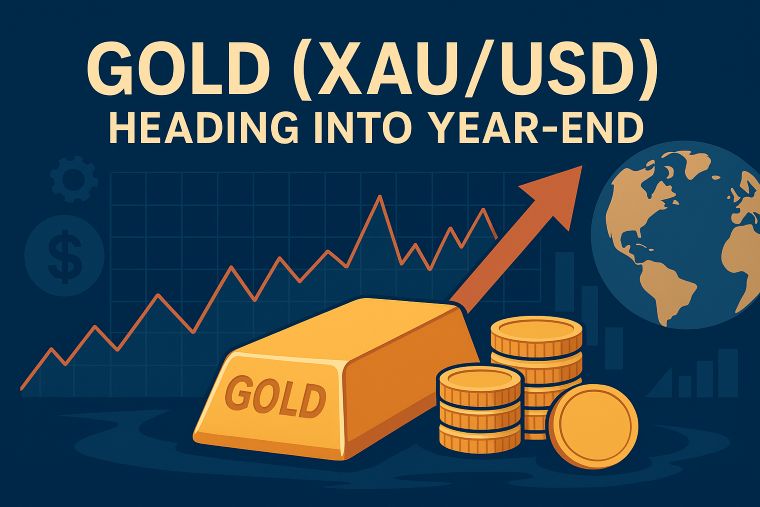3 min to read
The Market witnessed a significant surge in US dollar sales today
leading to a temporary dip in the USD/JPY pair, which fell to approximately 149.55 yen.

“The New York foreign exchange market witnessed a significant surge in US dollar sales today, leading to a temporary dip in the USD/JPY pair, which fell to approximately 149.55 yen”
This sudden drop was instigated by the rapid decrease in the yield of the US 10-year bonds, which had recently climbed to the 5% mark. Although the exact catalyst behind this wave of dollar selling remains elusive, the market perceives the 5% yield level as a potential short-term peak, possibly prompting a resurgence of value-driven buying, resulting in a reduction in yields.
This week marks the blackout period for Federal Reserve committee members’ public comments, as we approach the upcoming FOMC meeting next week. Contrary to market expectations, based on the statements made by Federal Reserve Chair Powell last week, it appears that while a rate hike may be postponed this time, there are growing doubts about any further rate hikes. The consensus now leans towards the forthcoming FOMC meeting aligning with Powell’s stance.
Interestingly, the focus in the context of the USD/JPY pair appears to be shifting towards the Bank of Japan’s meeting, which precedes the FOMC. Market expectations include an upward revision of the inflation outlook in the economic outlook report, fueling speculations about a potential adjustment in the Yield Curve Control (YCC). In such a scenario, there is a growing concern that the rapid unwinding of short yen positions might accelerate excessively.
Meanwhile, the EUR/USD pair experienced a temporary rebound, nearing 1.0675 dollars. Today’s 21-day moving average is situated around 1.0555 dollars, indicating the possibility of an upward trend. Although there aren’t specific catalysts driving demand for the Euro itself, there seems to be a growing sense of caution regarding the recent strengthening of the US dollar, leading to a reduction in long-dollar positions.
The European Central Bank (ECB) is scheduled to convene this week, and market expectations strongly suggest that interest rates will remain unchanged. However, despite signs of moderating inflation, it continues to persist at elevated levels. As the economic landscape becomes increasingly uncertain, especially with the anticipated negative growth in Germany in the third quarter, there is a persistent view in the market that the ECB’s rate hike cycle has concluded. In fact, some market participants are now focusing on the possibility of rate cuts next year.
There are speculations from certain quarters that the ECB might introduce rate cuts as early as March, with the potential for a larger reduction than what is currently priced into the market. The projected scale of the ECB’s rate cuts for the upcoming year stands at 1.00 percentage point, surpassing the market’s expectation of 0.60 percentage point. This suggests that even if rate cuts do not materialize in March, there may still be a larger reduction factored into market prices compared to the present, with the potential for quick successive rate adjustments.
The British pound also experienced a substantial resurgence in demand, pushing it back into the mid-1.22-dollar range. Today’s 21-day moving average is positioned around 1.2185 dollars, and it seems that the currency may surpass this level. The recent candlestick patterns, particularly with lower shadows towards the end of last week, are generating optimism about a market rebound.
Tomorrow, we anticipate the release of preliminary October PMI figures for the manufacturing and services sectors in the UK. Expectations suggest that these figures may remain below the 50 threshold, indicating ongoing contraction. Even if the data surpasses expectations, it is unlikely to alter the market’s anticipation that the Bank of England will maintain interest rates during their Monetary Policy Committee (MPC) meeting scheduled for November 2nd. This conviction is rooted in recent reports of economic weakening, as evidenced by the UK’s retail sales and inflation figures. Additionally, employment statistics for the UK will also be published tomorrow.
Visit XM Official Website.

